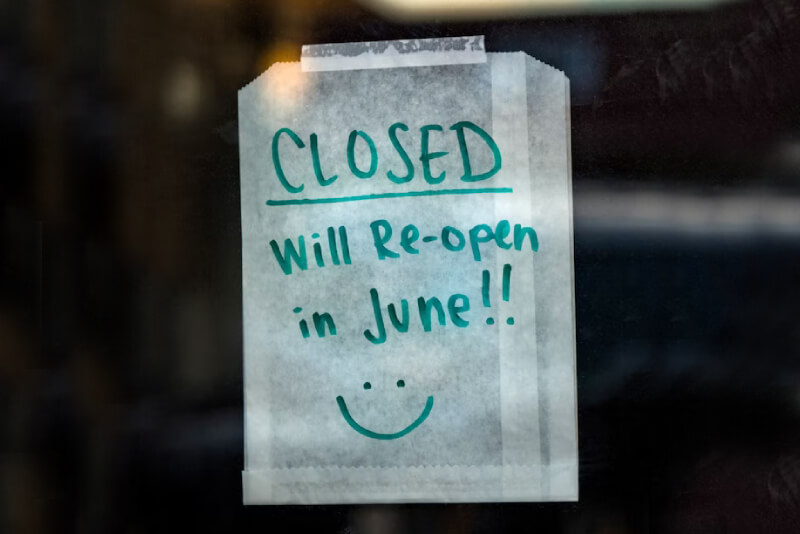
As the world enters the 3rd year since COVID-19 came into existence, the virus has proven to have a lasting impact on the future of work. In 2023, organizations face historic challenges: a competitive talent scenario, an exhausted workforce, as well as pressure to control costs. In this environment, it’s imperative to tackle the following nine trends as your organization sets strategic workforce as well as talent goals.
Quiet quitting
Anyone on LinkedIn remembers the viral wave of “quiet quitting” headlines from the second half of 2022: the idea of employees refusing to go “above as well as beyond” as well as doing the minimum required in their jobs. When employees “quite quit,” organizations keep people but lose skills as well as capabilities. In 2023, savvy HR leaders will turn this practice on its head with “quiet hiring” to acquire new skills as well as capabilities without adding new full-time employees.
Hybrid flexibility reaches
As we enter a more permanent era of hybrid work for desk-based employees, it’s time to find equitable flexibility for frontline workers, like those in manufacturing as well as healthcare. According to the 2022 Gartner Frontline Worker Experience Reinvented Survey, 58% of organizations that employ frontline workers have invested in improving their employee experience in the past year. About a third of those haven’t intended to do so in the next 12 months.
Managers need support
The request of today’s working environment has left managers completely out of their depth. They feel pressure from above as well as below: they must implement the corporate strategy concerning hybrid work while also providing a sense of purpose, flexibility as well as career opportunities.
Low- as well as mid-level managers are now the colleagues with whom their direct reports most regularly interact, as well as 60% of hybrid employees, say their direct manager is their most direct connection to company culture. Management is a skill, as well as for most people, it takes practice. The dual pressures of remote work as well as employees’ evolving needs as well as expectations have amplified poor management.
Healing past trauma opens the path to sustainable performance
Most humans, as well as that, including current as well as incoming employees, are still experiencing pervasive mental health challenges as a result of the societal, economic as well as political turbulence of recent times. This may decrease productivity as well as performance, as well as increase angry outbursts, no-notice quitting, workplace conflict as well as sudden underperformance.
Eighty-two percent of employees now say it’s important that their organizations see them as whole people, rather than simply an employee. Proactive rest helps employees maintain their emotional resilience as well as performance, rather than offering rest as a recovery solution after both have plummeted. This may include proactive PTO before high-request working periods, no-meeting Fridays, allotted wellness time as well as managers being goaled on their team taking adequate PTO.

To sum it up
Organizations face historic challenges with a competitive talent scenario, an exhausted workforce, as well as pressure to control costs. In 2023, executives must get savvy to snag the required talent, focus on employee mental health as well as confront data ethics in new HR technology.
Contact us for more information.


















No Comments yet!